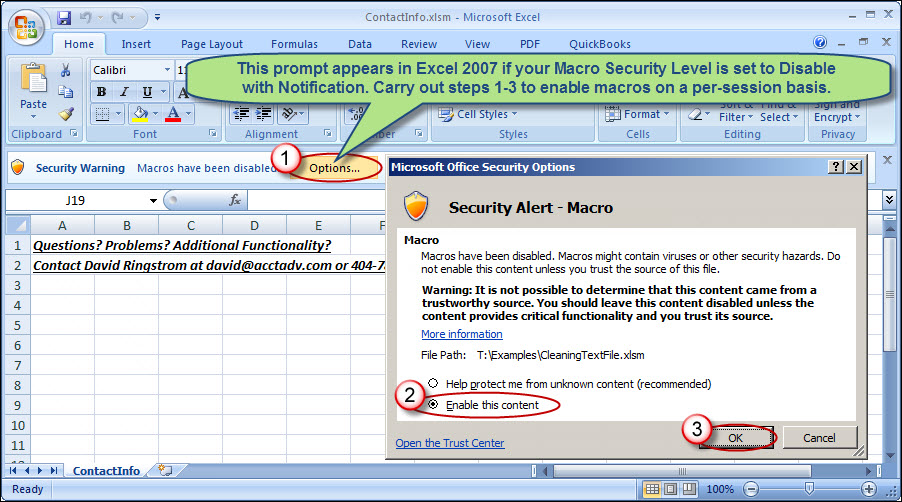7 Simple Steps to Track Macros in Excel

Embarking on a journey to track your macronutrients can be a game-changer for your health and fitness goals. Whether you're aiming to lose weight, gain muscle, or simply maintain a balanced diet, tracking macros in Excel provides a customizable and flexible approach. Excel's grid layout makes it an ideal platform for organizing nutritional data, setting goals, and monitoring your progress over time.
Step 1: Setting Up Your Excel Sheet
The first step to tracking macros is to set up your Excel sheet effectively. Here’s how you can do it:
- Create Column Headers: In row 1, label columns with headers like Date, Food, Protein (g), Carbs (g), Fat (g), and Calories.
- Set Up Rows: Each subsequent row will represent one meal or snack throughout the day.
- Total Rows: At the end of each day, have a row to sum up the daily totals.
Step 2: Understanding Macros

Before diving into tracking, understanding what macronutrients (macros) are crucial:
- Proteins: Essential for muscle repair and growth, proteins should be sourced from lean meats, dairy, and legumes.
- Carbohydrates: The primary energy source, often divided into simple and complex carbs.
- Fats: Necessary for hormone production and cell membrane integrity, choose healthy fats like those found in avocados, nuts, and fish.
Step 3: Entering Food Data

To start tracking, enter your food data:
- Add entries for each meal or snack under the appropriate column headers.
- Use online databases or food package labels to find accurate macro values for the foods you consume.
🍽️ Note: For accuracy, always check the serving sizes and adjust your entries accordingly.
Step 4: Calculating Totals and Percentages

To assess your daily intake:
- Sum Macros: Use Excel formulas like =SUM(B2:B100) for each macro column to get daily totals.
- Percentage: Calculate the percentage of each macro with formulas like =(C1/C100)*100 where C1 is the total protein and C100 is the sum of all macros.
Step 5: Adjusting Your Goals

Based on your fitness objectives:
- Set Goals: Determine your protein, carb, and fat goals as percentages or grams per day.
- Create Goal Columns: Add columns for each macro goal next to your totals to see how you’re tracking against your objectives.
Consider using conditional formatting to highlight when you’re over or under your target macros.
Step 6: Analyzing Your Data
Excel can help you analyze your dietary patterns:
- Charts: Create charts like pie or bar graphs to visualize macro distribution over time.
- Formulas: Use functions like AVERAGE, MIN, MAX to understand trends in your diet.
Step 7: Regular Updates and Monitoring

To maintain your tracking effectively:
- Input Data Daily: Regularly update your sheet with each meal or snack to keep an accurate log.
- Review Weekly: Every week, review your progress. Adjust your diet as necessary to meet your goals.
- Use Macros: Excel’s macros can automate some tasks like generating summary reports or flagging when you’re out of balance with your goals.
📈 Note: Regular monitoring not only keeps you accountable but also helps in fine-tuning your diet for optimal results.
In conclusion, tracking your macros in Excel is an efficient way to ensure your diet aligns with your fitness goals. By setting up a structured system for inputting and analyzing data, you can easily monitor your nutrient intake and make informed dietary choices. This method provides flexibility and personalization that generic apps might lack. Remember, consistency is key, and regular adjustments based on your findings will lead to better results.
What are the benefits of tracking macros?
+
Tracking macros helps you understand your nutritional intake, balance your diet, achieve weight loss or gain, improve fitness performance, and ensure you’re getting enough nutrients for health and body composition goals.
Can I use Excel for tracking macros if I’m not good with numbers?

+
Yes, Excel can be quite intuitive once you set it up. The key is to organize your data effectively and use formulas that do the calculations for you. Many tutorials can guide you through setting up your sheet.
How do I know what my macro goals should be?
+
Consult with a nutritionist or use online calculators designed for your fitness goals (like TDEE or BMR calculators). Your goals will depend on factors like age, gender, activity level, and whether you’re looking to lose fat, gain muscle, or maintain your weight.